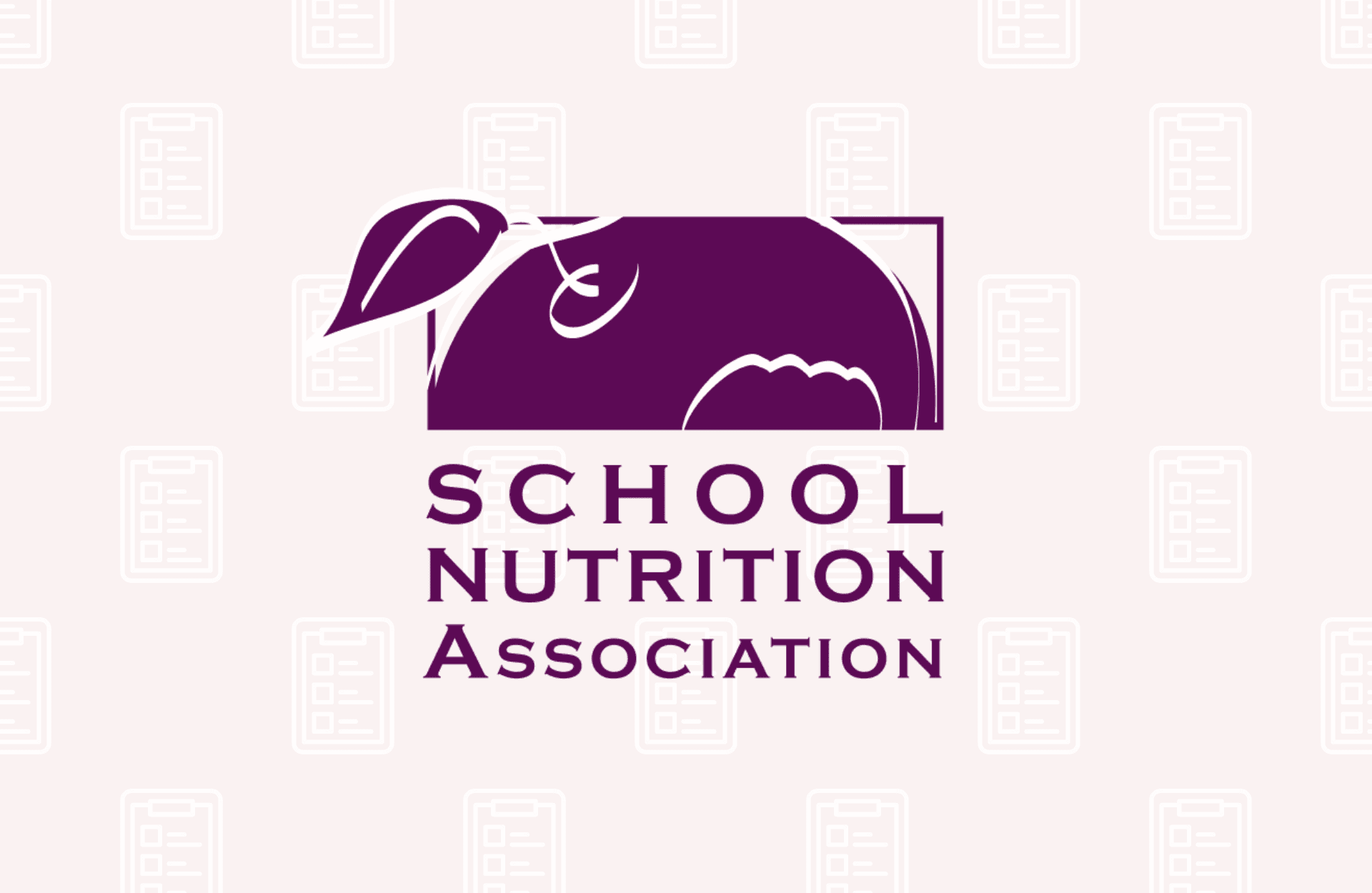FOR IMMEDIATE RELEASE:
Contact: Diane Pratt-Heavner
301-686-3124
media@schoolnutrition.org
SNA Member Testifies Before Senate Agriculture Committee
2015-05-07
WASHINGTON, D.C. – Today, during a hearing before the Senate Agriculture Committee, School Nutrition Association (SNA) member Cindy Jones testified on the need for greater funding and flexibility for schools to provide healthier choices to students in the cafeteria. Mrs. Jones is Business Management Coordinator for School Nutrition Programs at Olathe Public Schools, KS and a leader in SNA’s Kansas affiliate.
Mrs. Jones’ school district is in compliance with the new meal standards, offers unlimited fruits and vegetables and is working to better serve at risk students through breakfast in the classroom and summer meal programs. However, Jones testified that “Under the new rules, many students are now bringing meals from home. Our elementary school participation has dropped more than 9%, and at the secondary schools revenue has dropped as many students have stopped purchasing a la carte choices.“
Jones estimated the Olathe district will lose over $700,000 in a la carte revenue this year due to new Smart Snacks in School rules and cited the regulations unintended consequences. “Items such as our fresh-to-go salads had to be taken off the menu because the small amounts of meat, cheese and salad dressings did not meet the sodium and fat requirements.” Click here to read her complete written testimony, submitted to the Committee.
School Nutrition Association is sharing similar stories with the Committee today, highlighting challenges in school districts in each of the Committee members’ home states:
Click here to read a complete list of the stories shared with the Committee. Additional examples of cafeteria challenges can be found here.
School Nutrition Association supports most of the new regulatory requirements, including limits on calories and unhealthy fats, Target 1 sodium limits and mandates to offer more fruits and vegetables and a variety of whole grain foods. SNA is requesting greater funding and flexibility to address the financial consequences of overly restrictive regulations and allow schools to plan more appealing, healthy meals.
About School Nutrition Association:
The School Nutrition Association (SNA) is a national, non-profit professional organization representing 55,000 school nutrition professionals across the country. Founded in 1946, SNA and its members are dedicated to making healthy school meals and nutrition education available to all students. For more information on school meals, visit www.SchoolNutrition.org/SchoolMeals.
Related Articles

SNA Urges MAHA Commission to Invest in School Meals
Read More

School Nutrition Professionals to Implore Congress to Protect School Meals
Read More




